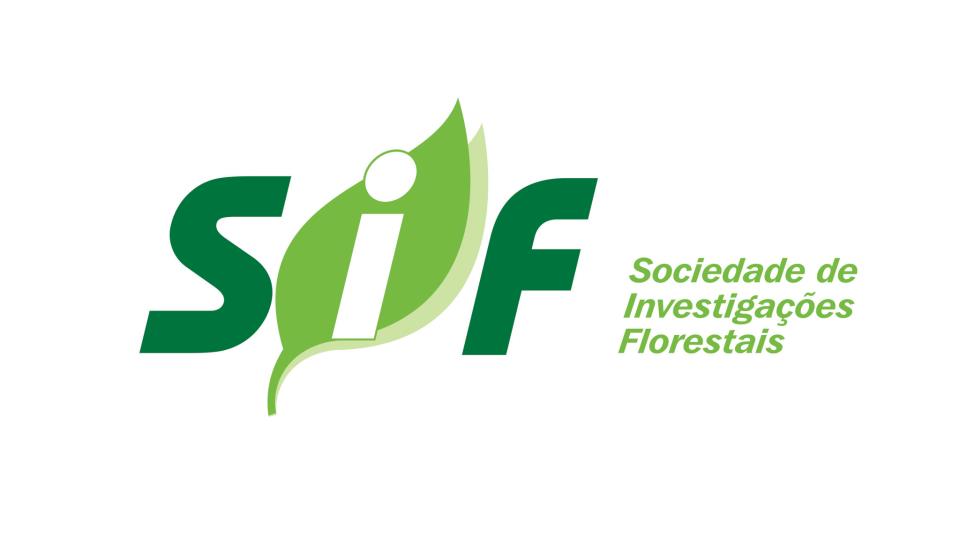| dc.contributor.author |
Higuchi, Niro |
|
| dc.contributor.author |
Santos, Joaquim dos |
|
| dc.contributor.author |
Lima, Adriano José Nogueira |
|
| dc.contributor.author |
Higuchi, Francisco Gasparetto |
|
| dc.contributor.author |
Chambers, Jeffrey Quintin |
|
| dc.date.accessioned |
2015-09-29T19:38:55Z |
|
| dc.date.available |
2015-09-29T19:38:55Z |
|
| dc.date.issued |
2011-07 |
|
| dc.identifier.citation |
HIGUCHI, N. et al. A floresta amazônica e a água da chuva. Floresta, Curitiba, v. 41, n. 3, p. 427-434, jul./set. 2011. |
pt_BR |
| dc.identifier.issn |
1982-4688 |
|
| dc.identifier.uri |
http://www.bibliotecaflorestal.ufv.br:80/handle/123456789/15325 |
|
| dc.description.abstract |
O artigo “A floresta amazônica e a água da chuva” apresenta que a precipitação média anual é a principal variável meteorológica para o setor florestal da Amazônia. A temperatura média anual varia pouco dentro da Amazônia Legal - apenas 8%. A precipitação média anual apresenta uma variação maior, quase 100%. O crescimento e incremento das árvores amazônicas apresentam correlações significativas com a precipitação. A precipitação interanual apresenta sinais mais fortes que a intra- anual, para explicar essas correlações. Apenas o crescimento e incremento não são suficientes para determinar se a floresta está sequestrando ou emitindo carbono. As taxas de mortalidade e recrutamento desempenham papel importante para estimar esse balanço. Elas apresentam relações intrínsecas com a precipitação. A falta ou excesso de chuvas influencia, principalmente, nas taxas de mortalidade. Na escala regional, a falta de chuvas tem contribuído com o aumento da mortalidade das árvores amazônicas; na escala de comunidades, é o excesso de chuvas que mais contribui para o aumento da mortalidade. São apresentados os resultados das ocorrências de dois fenômenos meteorológicos no mesmo ano, que atingiu a região amazônica. Numa escala de comunidade utilizando três parcelas permanentes (1 ha), os resultados são analisados para dimensionar os efeitos dos dois fenômenos na floresta. |
pt_BR |
| dc.description.abstract |
The article "The Amazon Forest and the rain" shows that the average annual rainfall is the main weather variable for the forestry sector in the Amazon. The average annual temperature has little variation in the Amazon; only 8%. The average annual rainfall has a greater variation, almost 100%. The growth and increment of Amazonian trees show significant correlations with precipitation. The interannual precipitation presents stronger signals than the intra- annual one to explain these correlations. Only the growth and increment of trees are not enought to determine whether the forest is sequestering or emitting carbon. Mortality and recruitment rates play an important role to estimate this balance. These rates have intrinsic relationships with rainfall. The lack or excess of rain influence, mainly, mortality rates. On a regional scale, the lack of rain has contributed to the increased mortality of tropical rainforest trees; in the range of communities is the heavy rainfall that contributes to increased mortality. This article presents the results of two occurrences of weather phenomena in the same year, which reached the Amazon region. In community scale, using three permanent plots (1 ha), results are analyzed to gauge the effects of both phenomena in the forest. |
pt_BR |
| dc.format |
8 páginas |
pt_BR |
| dc.language.iso |
pt_BR |
pt_BR |
| dc.publisher |
Fundação de Pesquisas Florestais do Paraná |
pt_BR |
| dc.relation.ispartofseries |
Floresta:v.41,n.3; |
|
| dc.subject.classification |
Ciências Florestais::Meio ambiente::Hidrologia florestal |
pt_BR |
| dc.title |
A floresta amazônica e a água da chuva |
pt_BR |
| dc.title |
The Amazon Forest and the rain |
pt_BR |
| dc.type |
Artigo |
pt_BR |







